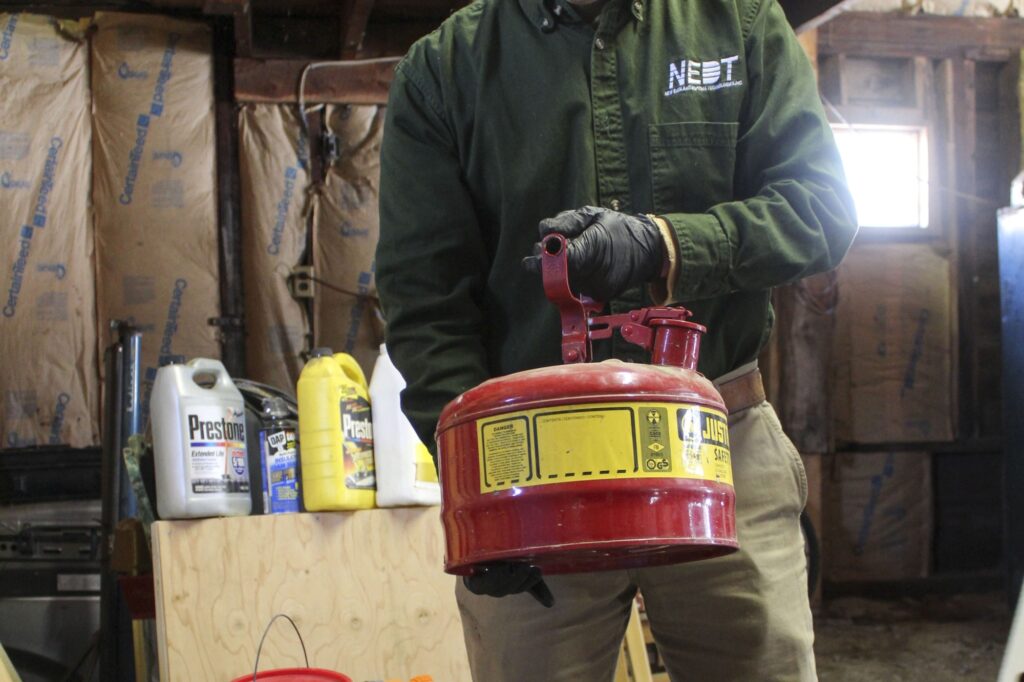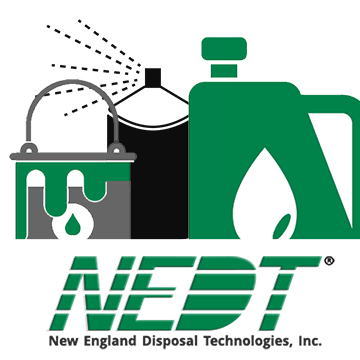Whether you’ve got extra gasoline stored in an iconic red can for your mower or sitting in the tank of the spare car gathering dust, it’s important to know that gasoline is a product with a shelf life, can become contaminated, and is difficult to dispose of as a hazardous product. Today, we’re going to look at how the types of gas, potential contaminants, and storage can all affect your gasoline’s potency and your options for disposing of it when storage is no longer an option.
Yes, Gasoline Can Go Bad
While we think of gasoline as a homogenous, static product, in reality, modern types of gasoline contain multiple blends of products, and the chemicals within both can oxidize and evaporate, rendering the gasoline unsafe for use, especially in finely tuned engines like those found in cars.
Gasoline Has a Shelf Life
How long your gas stays good will depend on the fuel quality. While regular gasoline has a shelf life of three to six months before it starts breaking down, premium/high-octane fuels can last closer to nine. However, most regular gas contains up to 10% ethanol additives (known as “E10”), which significantly worsen shelf life, with significant reductions in combustion in as little as one month.
Gasoline Can Become Contaminated
Gasoline can also go bad through contamination through improper handling and storage. This includes using containers that had other chemicals or debris in them, potentially creating contaminated gasoline that may not run cleanly in an engine—or at all. Contamination can happen to other automotive products as well, such as halogen-contaminated motor oil.
Options for Storing Gasoline Long-Term
Of course, sometimes you don’t have an option but to store gas for long periods of time, such as over the seasons you’re not using a mower or in a vehicle you’re planning for long-term storage. In that case, you’ve got a couple of options to extend its shelf life.
- Gas Storage: If you’re storing gasoline long-term, you want to make sure the container and storage place are optimal. Use an airtight container that is no larger than three to five gallons in size and store in a cool, dry space.
- Fuel Stabilizer: Another option, especially if you’ll be storing this gas directly in a fuel tank, is to add a fuel stabilizer. This additive slows down the breakdown process. This should ideally be added to gasoline that does not contain ethanol.
Disposing of Bad Gasoline
Gasoline cannot be disposed of at home and shouldn’t be poured down the drain or thrown into the trash, as it is a hazardous petroleum product. This includes containers that have contained gasoline. You should also not mix gas with other automotive or chemical waste. Instead, gasoline is a household hazardous product and must be disposed of at a community disposal event or a hazardous waste collection center. If you are going to store it, do so away from potential fire hazards.
- Learn more in our Gasoline Fact Sheet.
Gasoline is just one of the household hazardous products we handle at our NEDT Collection Centers. We’ve got multiple locations as well as a pick-up service to help New Englanders dispose of gasoline, automotive waste, and many other common hazardous products. Learn more about what we accept and check out our blog, where we talk more about gasoline, household fuels, and other product disposal. Contact us with any questions you might have, and plan your trip today!




Leave a Reply